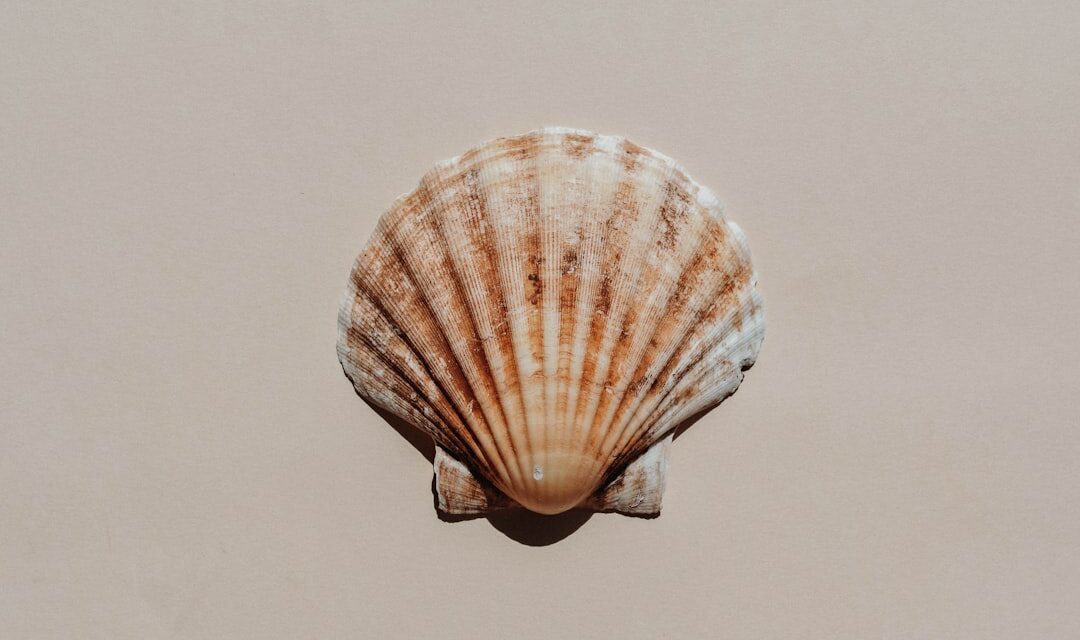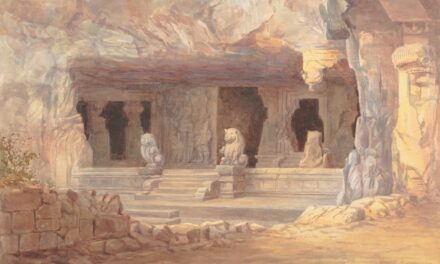Peter Paul Rubens was born on 28th June 1577 in Siegen, a small town in the Duchy of Nassau, which is now part of modern-day Germany. His family was of Flemish descent, and his father, Jan Rubens, was a lawyer and a Protestant who fled to Germany due to religious persecution. Tragically, Rubens’ father died when he was just ten years old, leaving the family in a precarious financial situation.
In 1589, Rubens and his mother returned to Antwerp, where he would spend much of his formative years. The vibrant cultural milieu of Antwerp, a hub of trade and artistic innovation during the late 16th century, would profoundly shape his artistic sensibilities. Rubens’ education began in earnest when he enrolled at the University of Antwerp, where he studied humanities and classical literature.
However, his true passion lay in the visual arts. At the age of 14, he became an apprentice to the prominent painter Otto van Veen, who was instrumental in honing Rubens’ skills in drawing and painting. Under van Veen’s tutelage, Rubens was exposed to the works of the Italian Renaissance masters, which would later influence his own style.
His education was not limited to formal training; Rubens also travelled to Italy in 1600, where he immersed himself in the study of classical art and the works of artists such as Titian and Caravaggio. This journey would mark a pivotal moment in his artistic development, as he absorbed the techniques and themes that would define his oeuvre.
Summary
- Rubens was born in Siegen, Westphalia, and received his education in Antwerp, where he studied Latin and Greek.
- Rubens was heavily influenced by the works of Titian, Caravaggio, and Michelangelo, and his style was characterised by dynamic compositions and rich, vibrant colours.
- Rubens rose to prominence in Antwerp as a successful artist and was appointed as court painter to the Archduke Albert and Infanta Isabella.
- He received numerous royal commissions and patronage from European monarchs, including King Philip IV of Spain and Marie de’ Medici of France.
- Rubens ran a large workshop with many assistants and collaborators, producing a vast number of paintings and tapestries.
Artistic Influences and Style
Rubens’ artistic style is often characterised by its dynamism, vivid colour palette, and dramatic compositions. His exposure to the Italian Renaissance had a lasting impact on his work, particularly the use of chiaroscuro and the emphasis on human anatomy. The influence of Caravaggio is evident in his bold contrasts of light and shadow, which imbue his figures with a sense of three-dimensionality and movement.
The Baroque style, which emerged in the early 17th century, is epitomised in Rubens’ work. His paintings are characterised by their exuberance and theatricality, often featuring swirling compositions that draw the viewer’s eye across the canvas.
The use of rich colours and textures creates a sense of opulence that is synonymous with Baroque art. Furthermore, Rubens’ ability to convey emotion through facial expressions and body language sets him apart from many of his contemporaries. His figures are not merely representations; they are imbued with life and vitality, inviting viewers to engage with the narrative unfolding before them.
Rise to Prominence in Antwerp
Rubens’ return to Antwerp after his studies in Italy marked the beginning of his ascent to prominence within the artistic community. By the early 1600s, he had established himself as a leading painter in the city, attracting a diverse clientele that included nobility and wealthy merchants. His studio became a bustling centre of creativity, where he produced an impressive body of work that encompassed altarpieces, portraits, and mythological scenes.
The combination of his technical prowess and innovative approach to composition quickly garnered him acclaim. One of the key factors contributing to Rubens’ rise was his ability to adapt to the tastes of his patrons while maintaining his distinctive style. He skillfully balanced the demands for religious imagery with a growing interest in secular themes, allowing him to appeal to a broad audience.
His monumental altarpieces for churches in Antwerp showcased not only his artistic talent but also his understanding of the spiritual needs of his patrons. As word of his talent spread, Rubens received commissions from across Europe, solidifying his reputation as one of the foremost artists of his time.
Patronage and Royal Commissions
Rubens’ success in Antwerp soon attracted the attention of powerful patrons beyond the borders of Flanders. His relationship with the Spanish court began when he was commissioned to create works for King Philip IV of Spain. This connection opened doors for Rubens to work on significant projects that would elevate his status even further.
” In addition to royal patronage, Rubens also received commissions from various European aristocrats who sought to adorn their palaces with his masterpieces. His ability to create grand historical narratives made him a sought-after artist for monumental works that conveyed both beauty and meaning. The scale and ambition of these projects allowed Rubens to showcase his mastery of composition and colour while reinforcing the status of his patrons through art.
This symbiotic relationship between artist and patron not only enriched Rubens’ career but also contributed significantly to the cultural landscape of Europe during the Baroque period.
Rubens’ Workshop and Collaborations
Rubens’ workshop was a hive of activity, reflecting both his prolific output and his role as a mentor to aspiring artists. He employed numerous assistants who helped him execute large commissions, allowing him to maintain a high level of productivity while ensuring that each piece retained his signature style. This collaborative approach was not uncommon among artists of the time; however, Rubens’ ability to oversee and guide his assistants set him apart as a masterful leader within his studio.
Collaboration extended beyond his workshop; Rubens often worked alongside other artists on significant projects. One notable example is his collaboration with the architect Hans Vredeman de Vries on the decoration of the Banqueting House at Whitehall Palace in London. This partnership exemplified Rubens’ versatility as an artist who could seamlessly integrate painting with architecture.
His ability to adapt to different artistic mediums further solidified his reputation as a leading figure in Baroque art.
Religious and Mythological Themes in Rubens’ Art
Rubens’ oeuvre is rich with religious and mythological themes that reflect both his personal beliefs and the cultural context of his time. His religious works often convey deep emotional resonance, capturing moments of divine intervention or human suffering with remarkable sensitivity. Paintings such as “The Elevation of the Cross” exemplify this ability to evoke powerful emotions through dramatic compositions and expressive figures.
In addition to religious subjects, Rubens had a profound fascination with mythology, which allowed him to explore themes of love, beauty, and heroism. His mythological paintings often feature gods and goddesses engaged in dynamic interactions that reflect human experiences. Works like “The Judgement of Paris” showcase not only his technical skill but also his capacity for storytelling through visual art.
By intertwining these themes with contemporary issues, Rubens created works that resonated with audiences on multiple levels.
Portraiture and Diplomatic Missions
In addition to grand historical narratives and religious themes, Rubens excelled in portraiture, capturing the likenesses and personalities of influential figures across Europe. His portraits are characterised by their psychological depth and attention to detail, revealing not only the physical attributes of his subjects but also their character and status. Notable examples include portraits of aristocrats such as Duke Albert VII of Austria and Queen Henrietta Maria of England.
Rubens’ diplomatic missions further enriched his understanding of portraiture and its role in politics. In 1629, he was appointed as a diplomat for Spain, tasked with negotiating peace between Spain and England during a tumultuous period marked by conflict. His travels allowed him to meet influential figures across Europe, providing him with opportunities to create portraits that served both as personal mementoes and political statements.
These experiences informed his artistic practice, enabling him to capture not only the likenesses but also the aspirations and ambitions of those he portrayed.
Rubens’ Impact on Baroque Art
Rubens’ influence on Baroque art cannot be overstated; he played a pivotal role in shaping the direction of European painting during this dynamic period. His innovative use of colour, light, and composition set new standards for artists who followed in his wake. The dramatic energy present in his works inspired countless painters across Europe, from Italy to Spain and beyond.
Moreover, Rubens’ ability to blend different genres—religious imagery with mythological themes or portraiture—encouraged other artists to explore new possibilities within their own practices. His emphasis on movement and emotion became hallmarks of Baroque art, influencing generations of painters who sought to capture the complexities of human experience through their work. As a result, Rubens is often regarded as one of the most significant figures in the history of Western art.
Legacy and Influence on Later Artists
The legacy of Peter Paul Rubens extends far beyond his lifetime; he has left an indelible mark on subsequent generations of artists who have drawn inspiration from his work. The Romantic movement in the 19th century saw artists such as Eugène Delacroix embracing Rubens’ emotive use of colour and dynamic compositions as they sought to convey intense feelings through their art. In addition to Romanticism, movements such as Impressionism also found echoes of Rubens’ influence in their exploration of light and colour.
Artists like Claude Monet admired Rubens’ ability to capture fleeting moments through vibrant brushwork, leading them to experiment with their own techniques in pursuit of similar effects. Even contemporary artists continue to reference Rubens’ work as they grapple with themes of beauty, emotion, and narrative within their own practices.
Personal Life and Relationships
Rubens’ personal life was marked by both triumphs and tragedies that shaped his character and artistic vision. In 1609, he married Isabella Brant, a union that brought him joy but was also tinged with sorrow when she passed away just over a decade later. Their marriage produced three children; however, Isabella’s death left a profound impact on Rubens’ life and work.
Following Isabella’s death, Rubens married Helena Fourment, who was significantly younger than him. This second marriage brought renewed happiness into his life; Helena became not only his wife but also a frequent muse for many portraits throughout their time together. Their relationship exemplified Rubens’ ability to find inspiration in personal connections while navigating the complexities of love and loss.
Rediscovery and Appreciation of Rubens’ Art
In recent years, there has been a resurgence of interest in Peter Paul Rubens’ work as scholars continue to explore his contributions to art history more deeply than ever before. Exhibitions dedicated solely to showcasing his masterpieces have drawn large audiences eager to engage with this Baroque master’s legacy firsthand. Moreover, advancements in conservation techniques have allowed for more extensive restoration efforts on many works attributed to him or created within his workshop—revealing details previously obscured by time or neglect.
This renewed appreciation highlights not only Rubens’ technical prowess but also underscores how relevant themes present within his art remain pertinent today. As we reflect upon Peter Paul Rubens’ life journey—from an aspiring artist navigating early challenges through becoming one of history’s most celebrated painters—we recognise that it is not merely about individual achievements but rather how those achievements resonate across time—continuing to inspire future generations long after he has left this world behind.
If you are interested in learning more about the techniques used by artists to create stunning visual effects, you may want to check out the article “Blending and Layering with Soft Pastels: Smooth Transitions”. This article explores how artists can use soft pastels to create seamless transitions between colours and textures, resulting in beautiful and dynamic artworks. By understanding these techniques, you can gain a deeper appreciation for the skill and artistry of artists like Peter Paul Rubens.



